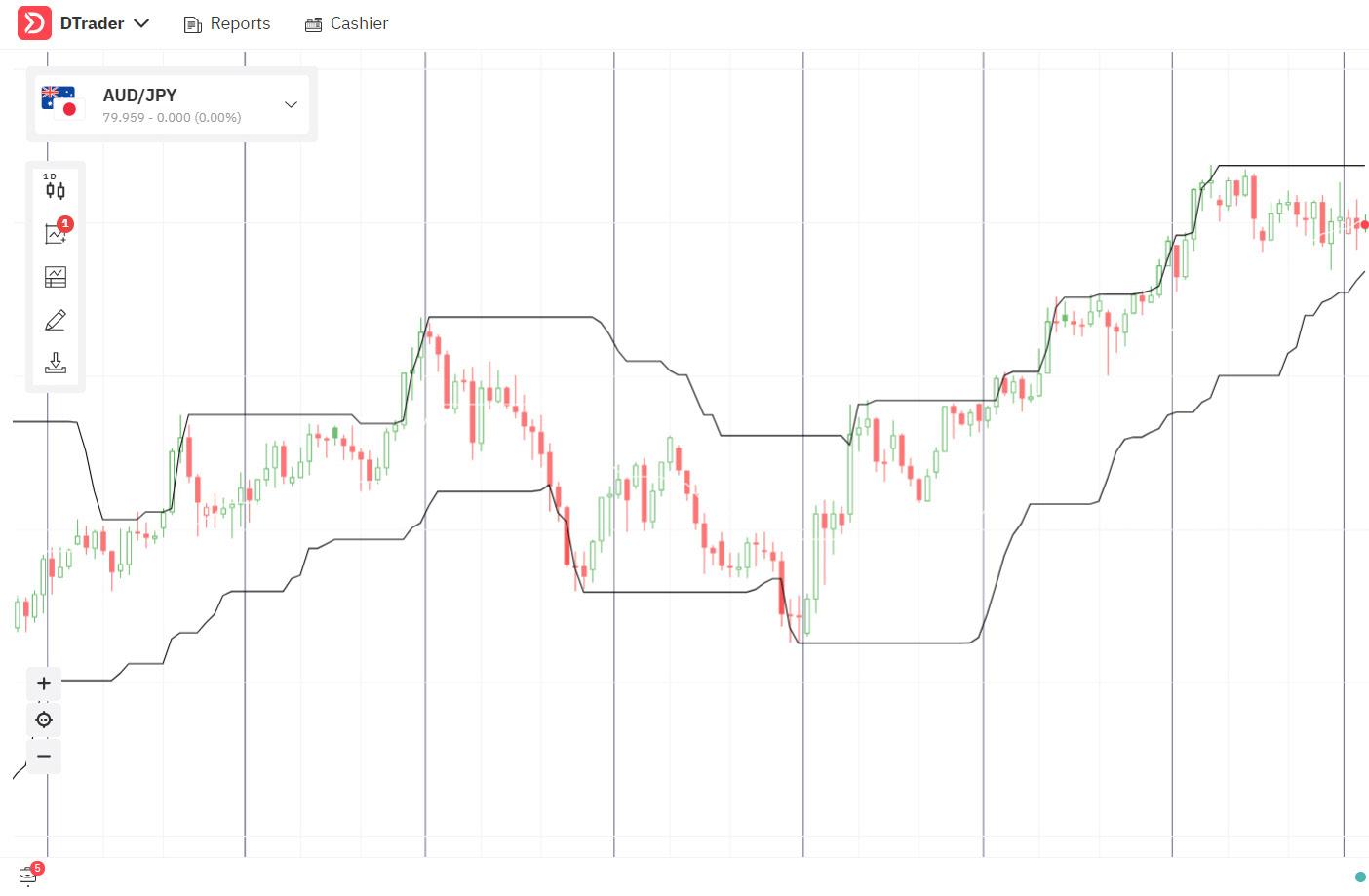
1 minute read
THEY PLAN THEIR EXIT STRATEGY
Everyone focuses on when to open a trade, but little attention is paid to closing it. Exiting a trade, in my view, is even more critical and challenging than deciding to enter it.
Your exit rule to take a profit or loss should be predefined, not some afterthought you’re likely to make based on emotions. Once you get into a trade, your psychological response changes. You will have a “bias” and an emotional attachment that can cloud your judgement.
Advertisement
A tool that you can use for this purpose is a price channel or “Donchian channel” that can easily be added to a price chart in MetaTrader 5 (MT5) or DTrader on Deriv.
In Figure 1, you see a 20-day high and low channel; as the price moves up, so does the channel. Think of the channel as a safety net which allows you to lock in profits. You can easily change it to 20 hours or even 20 minutes for a short-term system.
A good tip is to trail stops, which can lock in some profits but keep the trade running. Once a trade moves into profit, you can move the stop loss to your entry point. As a result, the worst-case scenario will be a break-even trade.
Using support and resistance levels can help you find the proper exit point for your trade.
The same is true about using a moving average, for example, a 20-day simple moving average. If you go long (up trade) on a market that falls below the 20 DMA, you would wish to close out.








